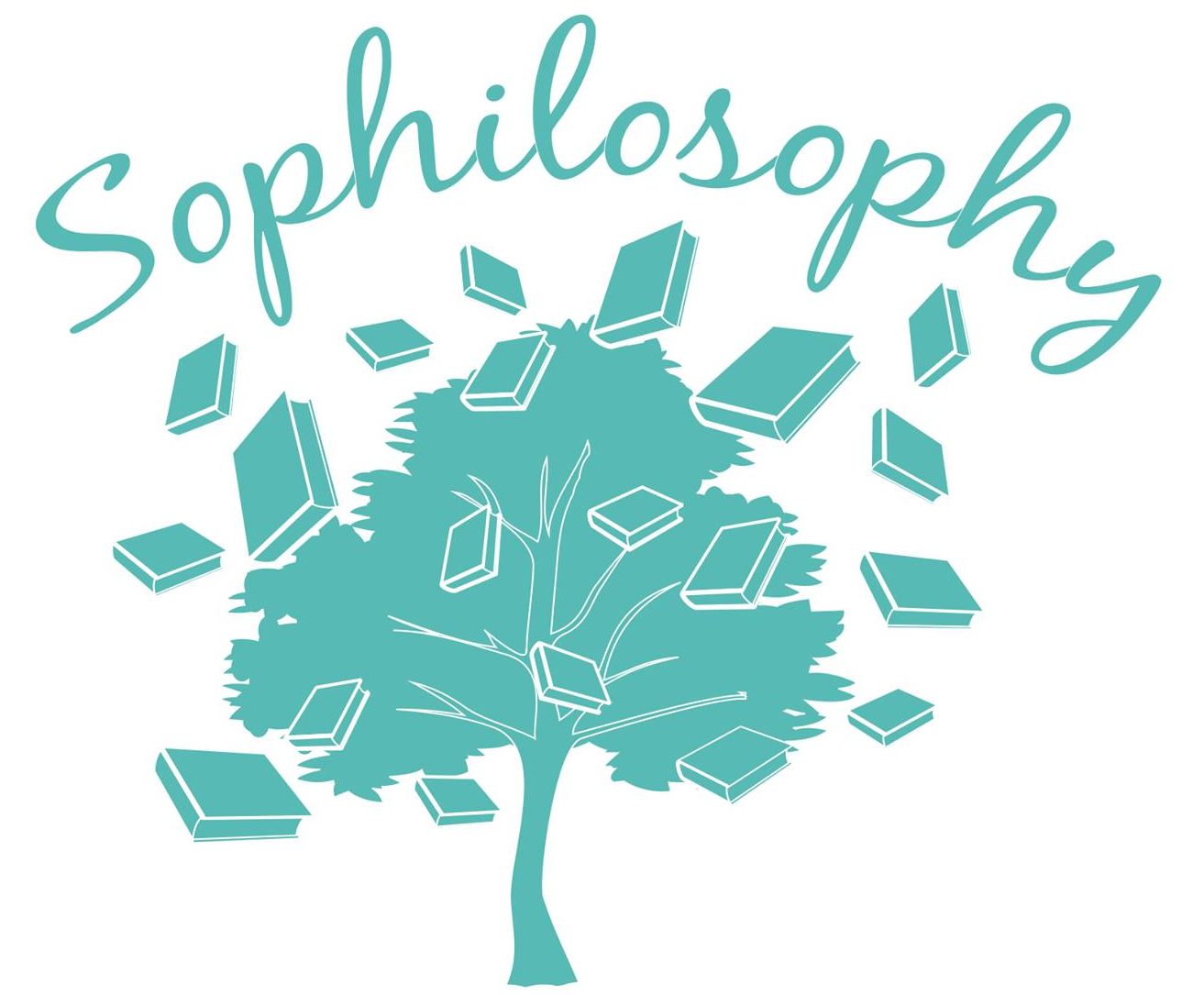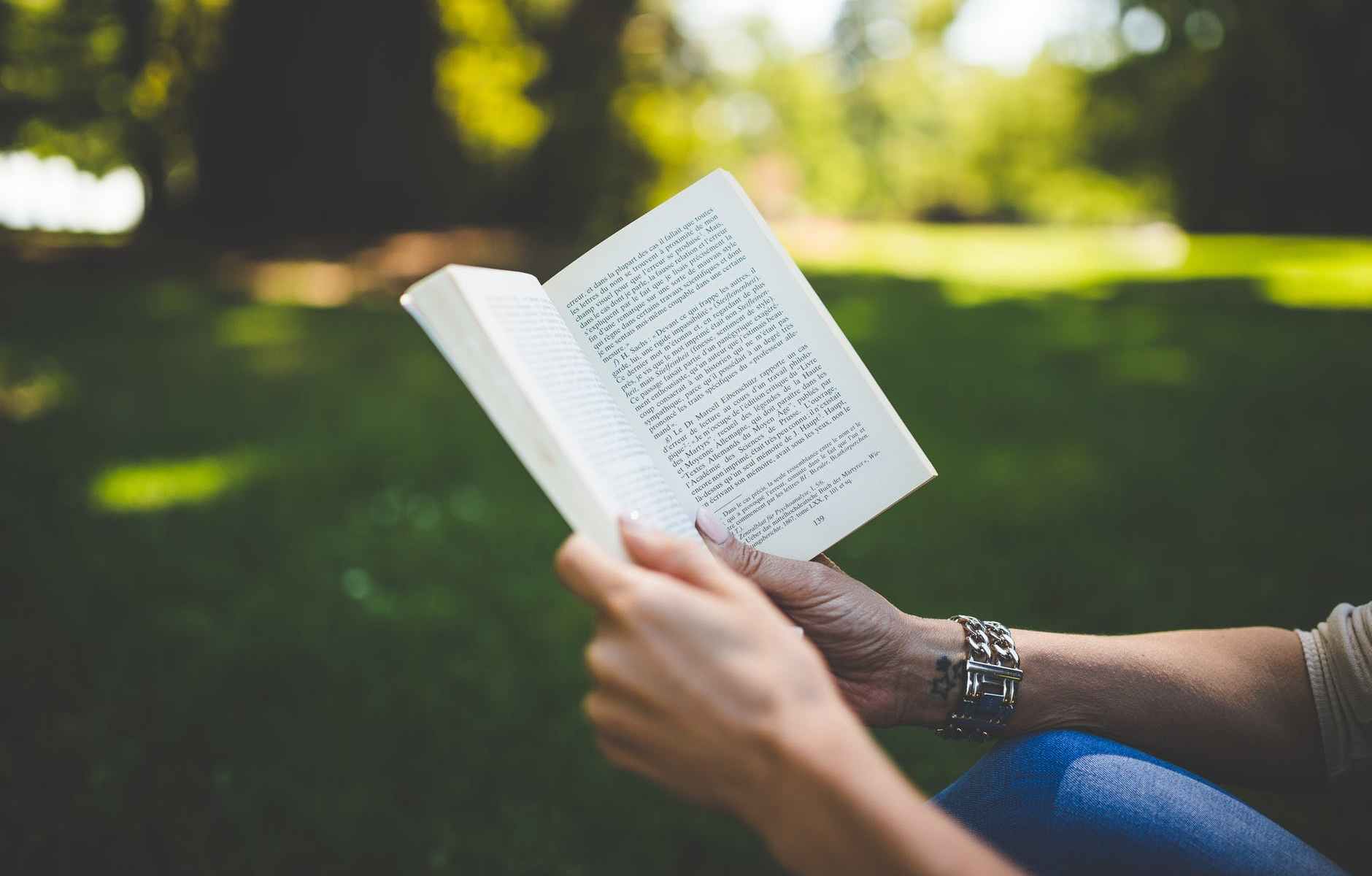The thrill of a crime novel is captivating more female readers than ever, but what is our fascination with it? I spoke to crime fiction authors and readers to find out why.
The selection of books on display as you stroll into any bookshop, in the hope of finding a new read can be a daunting yet enjoyable experience. You might fall vulnerable to the vast array of paperbacks and hardbacks, the guilt that you haven’t read enough ‘classics’ for your age and so you find yourself skimming the section before quickly vacating the area. Are you drawn to the ‘top charts’ section? The bestsellers? Heaven forbid, the autobiographies?
It’s a wet Saturday morning and I’m walking through Cardiff city centre, towards the library for a day filled of talks with fans and authors of the crime fiction genre. The twinning of Crime and Coffee (the given name for this event) doesn’t seem quite fitting to me. Associating coffee with comfort and socialising, it being paired with the corruption of crime can’t be a great match. Yet, while it might not seem like this is going to be your typical coffee morning, I am intrigued with what I will be getting up to during today’s event. My main task of the day; why is crime fiction now the top selling genre of books and why are we, as a society so obsessed with it? Why are women in particular loving crime right now too?
Data revealed at The London Book Fair in April this year, showed crime fiction is now the best-selling genre in the UK, with sales increasing by 19% since 2015. A staggering 18.7 million crime novels were sold last year, leaving a sharp blow to the rest of fiction literature. In the UK, two thirds of book buyers are women and they make up more than half of crime fiction writers. It is no longer our Bridget Jones’ Diary, Wuthering Heights or Fifty Shades of Grey tales that are capturing readers’ hearts but instead The Girl on the Train, The Lovely Bones or Gone Girl type literature seems more suited to modern readers. Instead we yearn for the thrill and horror within crime fiction. Romance fiction is certainly not dead, but are women getting tired of grabbing a bottle of Pinot Noir to pair with a ‘rom-com’ novel and instead reaching for the neo-noirs for a more richer experience?
In the midst of the organised chaos at the festival, I notice the majority of attendees, both readers and authors, are female. I manage to catch B.E Jones, who has just released her first crime fiction novel and she tells me the increase in female readers might be commercially driven. She tells me finally publishers have realised that women want to read and spend money on things they can perhaps relate to. She tells me how Gone Girl and The Girl on the Train are books that adhere to a female audience in particular, and these styles of books are now a huge base for publishers financially. She also explains how attitudes towards female writers is evolving. “I didn’t realise that my favourite crime fiction author was female until years later,” she says, “And now we have male writers using female names!” research from the University College London showed that women now prefer to read books written by women. Martyn Waites, a crime fiction writer noticed the difference between crime writers is that a male writer will note what a crime looks like, whereas a female writer will explore what it feels like. B.E Jones reiterates this to me, and says she believes modern fiction crime now offers more female roles to read about and women now have a greater variety of characters.
After attending his talk about crime and mental health, I get to speak to Matt Johnson who tells me that the reader requires the satisfaction of good vanquishing evil. “Evil usually wins, but people have been singularly unhappy if the bad guy has won,” he tells me, “People like a good ending, if it has a dimuon they call it.” He tells me he believes this genre is so popular because people like a murder mystery to solve and sometimes they like to outwit the reader.
At the festival, I find myself surrounded by talented crime authors and excitable fans. Delving deep into the minds of the people who walk in the shoes of a serial killer or are overworked detectives racing against the clock is a fascinating experience. It seems that they and the reader indulge in crime fiction because they can become close to something so thrilling and dangerous, without actually committing anything themselves.
Reader and book reviewer Fiona Sharp also tells me she likes the tension in crime fiction novels. “I find myself holding my breath as I read and neglecting everything else,” she explains, “If I want a read that I know I can’t put down then crime will always win.”
The infamous feminist Germaine Greer once said, “We’re (girls) conscious of the statistics, alert to the long shadow, the unexpected turn of the door handles and the sound of boots on a lonely night-time street. In crime fiction, we can explore those feelings safely.”
It seems female vulnerability is so often depicted with crime fiction, and so the murdered victim in a book stands in for real life female vulnerability in a patriarchal society. On the other hand, where women are required to act with decorum in real life, a novel allows us to do the opposite, without fear of offending. The urge you might have to punch someone for example can be reciprocated within a novel. Melanie McGrath admits to The Guardian how she presented her own urge to punch someone, through the protagonist Edie, in her novel White Heat, who hits a sex pest in the face. It is almost as if the satisfaction was fulfilled, but without the repercussions.
Author Katherine Stansfield, who also spoke at the event tells me she’s unsure as to whether there’s a set reason why women are more captivated by crime fiction, but she says that the genre fulfils a fundamental human need. “Were concerned with human behaviour and interaction and how certain people would react to something. There’s a school of thought that women are more empathetic than men, we know women reader more than men. But, I don’t know why that is.” Like McGrath, Katherine agrees crime fiction allows us to experience murderous rage, that society doesn’t allow us to conduct normally. She says, “We can do it in the safety of a book, we can close the book and put it down. It offers us an outlet that stops us murdering each other.” Women might desire something that has an element of resolving things, mirroring them attempting to resolve feelings or relationships in real life, like Louise in Behind Her Eyes for example.
Perhaps now reversing the familiar expression, “Don’t do the crime, if you can’t do the time,” the crime fiction business is booming, with authors raking in the money. Stefanie Lomas, an avid crime fiction reader explains how it’s the genre she is most drawn to. She tells me, “I’ve always been fascinated by the darker side of humanity and therefore feel drawn to books that delve into this.” I ask her why crime fiction is so popular, “I think that maybe crime fiction offers an escapism from a world that itself feels a little scary right now.” Fiona believes people become obsessed with a high profile read like The Girl on the Train and then go on to read more of the same genre.
It is a natural thing, as humans, to be interested in human behaviour. As a world who is becoming more understanding of mental health, we are now researching not just what we have done, but why we did it. Why do people murder and what is their back story? The main reason why crime fiction seems to be so popular is because we want to be thrilled and scared, but then always see bad defeated by good at the end. Maybe we don’t all want to admit it, but it is exciting delving into murder stories and psychedelic thrillers. Understanding what led the suppressed female to kill her husband and in some way perhaps, relating to her, but not committing the act yourself. For the time being, we’ve ditched the ice cream and wine as we read about the sad spinster and are instead looking for something that will make us catch our breath.


